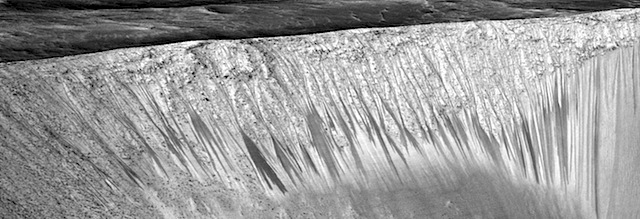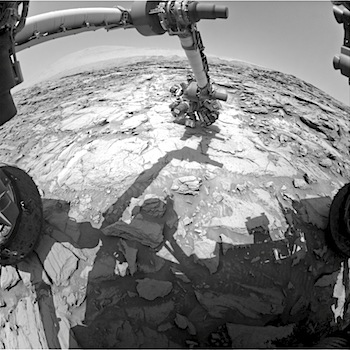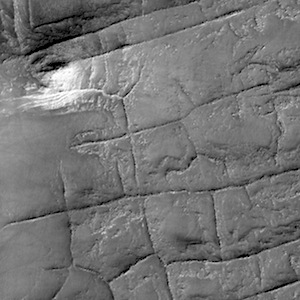 NASA will detail a major science finding from the agency’s ongoing exploration of Mars during a news briefing at 8:30 a.m. PDT (11:30 a.m. EDT) on Monday, Sept. 28. The event will be broadcast live on NASA Television and the agency’s website.
NASA will detail a major science finding from the agency’s ongoing exploration of Mars during a news briefing at 8:30 a.m. PDT (11:30 a.m. EDT) on Monday, Sept. 28. The event will be broadcast live on NASA Television and the agency’s website.
News conference participants will be:
• Jim Green, director of planetary science at NASA Headquarters
• Michael Meyer, lead scientist for the Mars Exploration Program at NASA Headquarters
• Lujendra Ojha, Georgia Institute of Technology in Atlanta
• Mary Beth Wilhelm, NASA’s Ames Research Center in Moffett Field, California, and the Georgia Institute of Technology
• Alfred McEwen, principal investigator for the High Resolution Imaging Science Experiment (HiRISE), University of Arizona, Tucson
Members of the public can ask questions during the briefing using #AskNASA. For NASA TV information, schedules and to view the news briefing, visit http://www.nasa.gov/nasatv The event will also be carried live on http://www.ustream.tv/NASAJPL
For more information about NASA’s journey to Mars
https://www.nasa.gov/topics/journeytomars
 THEMIS Image of the Day, September 28, 2015. The THEMIS VIS camera contains 5 filters. The data from different filters can be combined in multiple ways to create a false color image. These false color images may reveal subtle variations of the surface not easily identified in a single band image. Today’s false color image shows part of the floor of Candor Chasma.
THEMIS Image of the Day, September 28, 2015. The THEMIS VIS camera contains 5 filters. The data from different filters can be combined in multiple ways to create a false color image. These false color images may reveal subtle variations of the surface not easily identified in a single band image. Today’s false color image shows part of the floor of Candor Chasma.
















